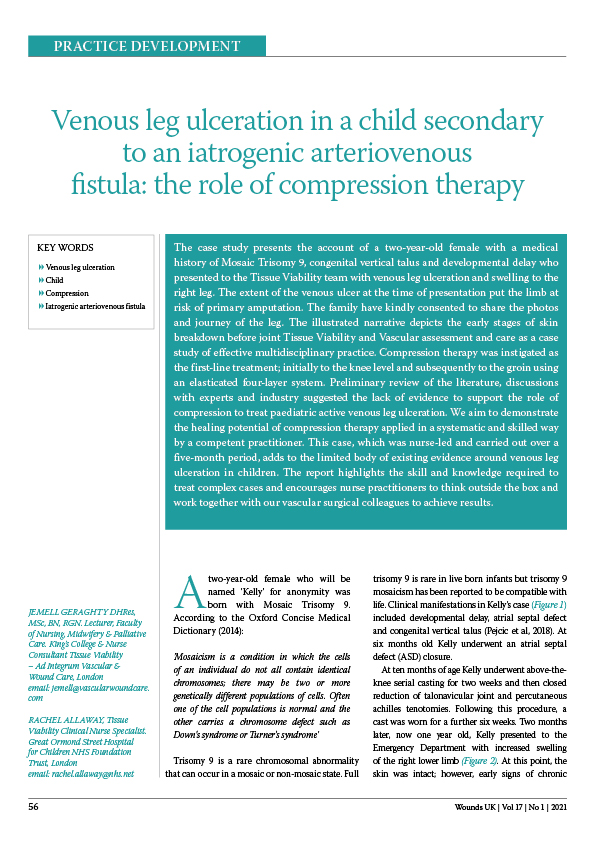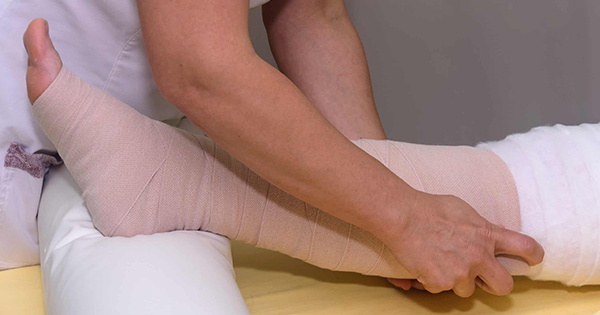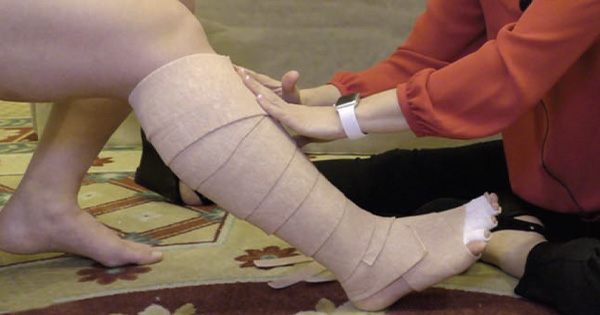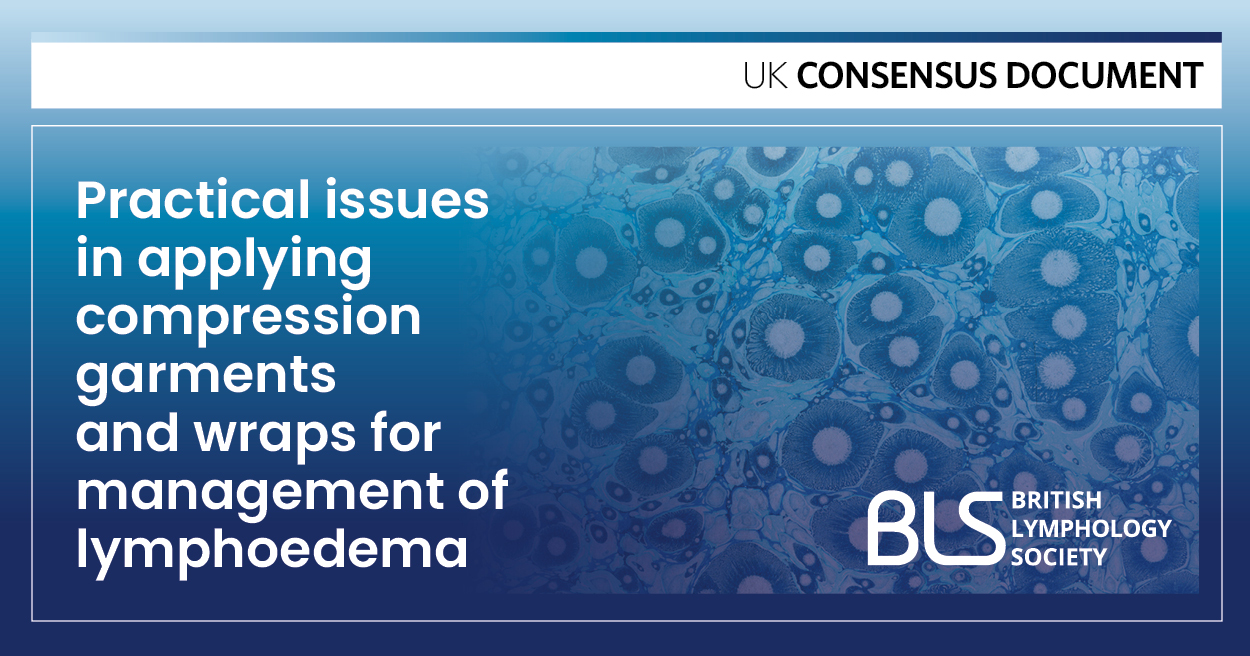The case study presents the account of a two-year-old female with a medical history of Mosaic Trisomy 9, congenital vertical talus and developmental delay who presented to the Tissue Viability team with venous leg ulceration and swelling to the right leg. The extent of the venous ulcer at the time of presentation put the limb at risk of primary amputation. The family have kindly consented to share the photos and journey of the leg. The illustrated narrative depicts the early stages of skin breakdown before joint Tissue Viability and Vascular assessment and care as a case study of effective multidisciplinary practice. Compression therapy was instigated as the first-line treatment; initially to the knee level and subsequently to the groin using an elasticated four-layer system. Preliminary review of the literature, discussions with experts and industry suggested the lack of evidence to support the role of compression to treat paediatric active venous leg ulceration. We aim to demonstrate the healing potential of compression therapy applied in a systematic and skilled way by a competent practitioner. This case, which was nurse-led and carried out over a five-month period, adds to the limited body of existing evidence around venous leg ulceration in children. The report highlights the skill and knowledge required to treat complex cases and encourages nurse practitioners to think outside the box and work together with our vascular surgical colleagues to achieve results.







